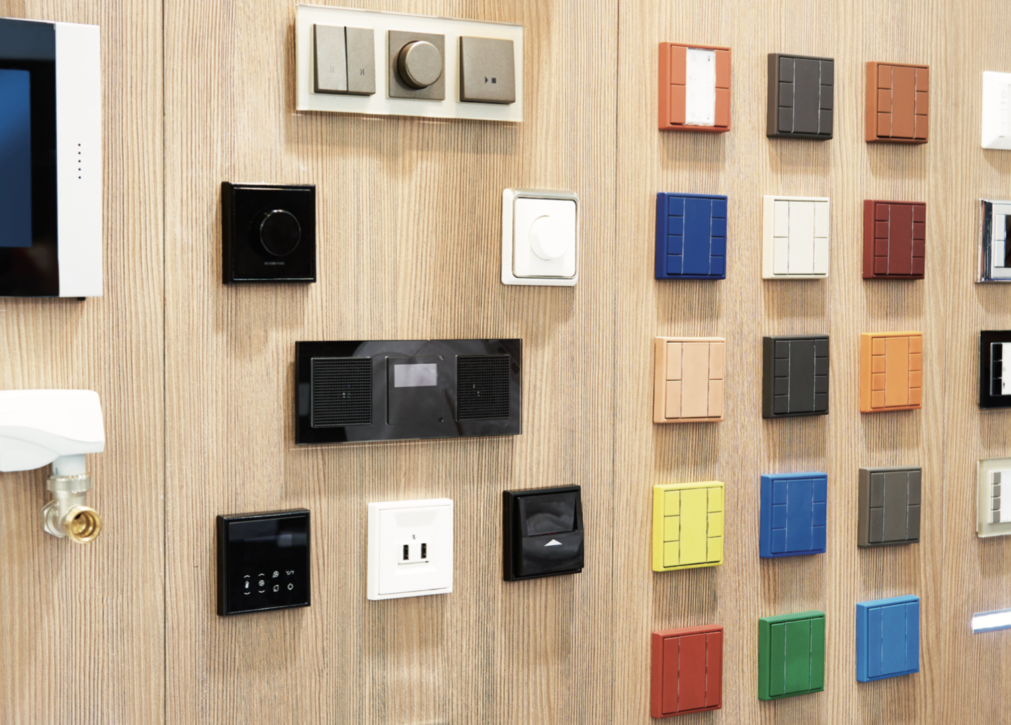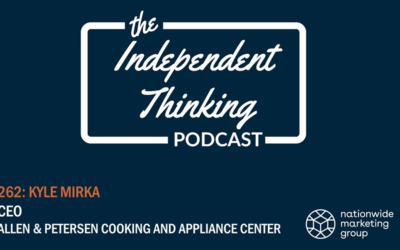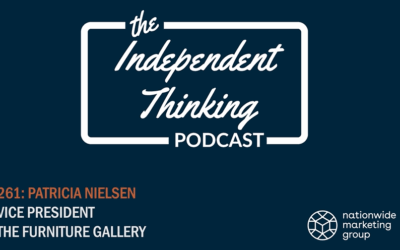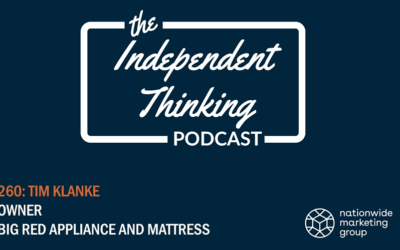Growing up in a major metropolitan city, I had plenty of access to Walmart, Target, Best Buy and dozens of other big-box and national retailer chains. But there was a specific reason I made my poor parents drive 15 minutes outside the city to ogle dozens of high-end televisions and stereo receivers at a small, local Independent retailer. This retailer was the only one in our state who sold the infamous Pioneer Elite television. For those of you who aren’t exactly tech geeks like I am, the Pioneer Elite was the best, spare-no-expense, neighborhood-envy-driving television ever made. Granted, the 60” model retailed for over $15,000, but it was worth every penny.
I can still remember every detail from the moment I first laid eyes on the Pioneer PRO-151FD. It was conspicuously placed at the very back of the showroom between two large aisles. Once you walked into the store, there was no missing it. For extra spectacle, a set of polished brass stanchions with red velvet rope sat in front of the display, as if the television was a priceless work of art on loan from a famous museum.
I never ended up buying that $15,000 television. However, I did purchase my first television — and several subsequent ones — from that store. Yes, this retailer had good prices and great service, but those were the “price of admission” in that day and age, just as having a robust ecommerce-enabled website, Google syndication and other non-negotiables are today. What made me buy then and what makes us buy today is the experience we have in store. Or, more importantly, what your customers experience once they find your store.
What’s Different in 2020?
The year 2020 is without question going to be a year of experience-driven opportunity in the Consumer Electronics world.
Connected home compound annual growth rate (CAGR) is set to explode on a level not previously seen, with Google, Amazon and even Microsoft announcing more “connected” products this year than they have cumulatively released in the past five years.
For television specifically, 2020 marks the first year of mainstream pricing on 8K sets, which, of course, will have a cascading effect on all premium and ultra-premium price points.
While not perfect (or perfectly enforced), unilateral pricing policy (UPP) and similar tactics have helped Nationwide Marketing Group Members raise their gross margin to more than 20% on premium and ultra-premium televisions. Coupled with product protection, key attachment categories such as audio, cables, home warranty and others can easily push your sale over 35% gross margin.
The difference between retailers who grow and lose market share in 2020 will be their ability to show and, more importantly, effectively demonstrate, these new technologies in store.
Just as that local retailer’s Pioneer PRO-151FD display left a lasting impression on me, how can you position these present-day products in a way that both blows the minds of your shoppers and educates them on the possibilities of connected technology and next-gen televisions?




